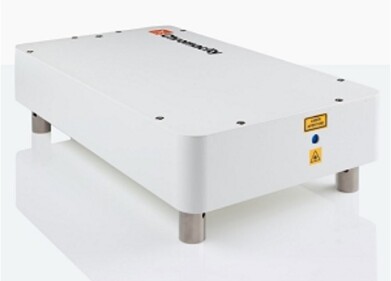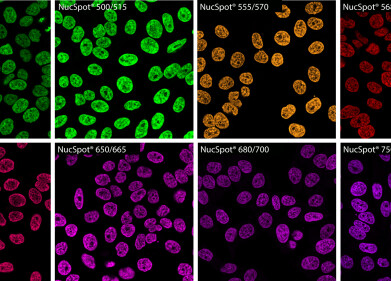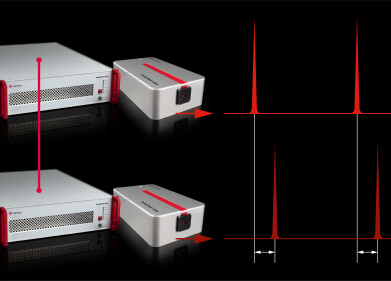-
 The discovery could help develop better pain treatments
The discovery could help develop better pain treatments
Microscopy & Microtechniques
Natural ion channel acts as 'brake' against spontaneous pain
Jan 22 2014
Many sensory neurons that detect pain in the body have been found to contain a channel that effectively acts as a form of 'brake', helping to limit spontaneous pain. Scientists have identified the channel that serves to stop people feeling some spontaneous pain and hope that the find will help with future developments in pain relief treatments.
Spontaneous pain is incredibly difficult to treat because there is little understanding surround the mechanisms behind it. It is an ongoing problem that can either present as shooting pains intermittently or as a constant slow burning discomfort. Spontaneous pain does not appear to have any trigger or cause behind it, although it is associated with a number of different types of disease or damage to the body.
It has previously been found that constant spontaneous pain is produced as a result of activity in C-fibre nociceptors (pain neurons). The more activity in the neurons, the more pain felt by the individual; although it is not understood why this activity occurs in the first place.
Researchers from the University of Bristol, whose findings have been published in the 'Journal of Neuroscience', have found that the membranes of the C-fibre nociceptors contain an ion channel (TREK2) that protect against feeling the full extent of continuous spontaneous pain.
This type of channel is formed of proteins that are selectively permeable to specific ions, which allows them to create pores within the membranes of the neurons. TREK2 works as leak potassium channel, meaning it allows for potassium ions to escape the cell. This action causes negative membrane potentials within the pain neurons.
The study found that when TREK2 was removed from the membrane of the cell, the neurons' potential became less negative. The membrane potential also became less negative when the neuron was unable to synthesise TREK2. It was also found that by reducing the synthesis of the ion channel in the neurons that spontaneous pain associated with skin inflammation was reduced.
Researchers suggest that the TREK2 keeps the C-fibre nociceptors' membrane potential low, which then stabilises membrane potential and reduces firing. This results in less continuous spontaneous pain being felt by an individual.
Professor Sally Lawson, from the School of Physiology and Pharmacology at Bristol University, said: "It became evident that TREK2 kept the C-fibre nociceptor membrane at a more negative potential. Despite the difficulties inherent in the study of spontaneous pain, and the lack of any drugs that can selectively block or activate TREK2, we demonstrated that TREK2 in C-fiber nociceptors is important for stabilising their membrane potential and decreasing the likelihood of firing. Therefore it became apparent that TREK2 was likely to act as a natural innate protection against pain. Our data supported this, indicating that in chronic pain states, TREK2 is acting as a brake on the level of spontaneous pain."
Digital Edition
Lab Asia 31.6 Dec 2024
December 2024
Chromatography Articles - Sustainable chromatography: Embracing software for greener methods Mass Spectrometry & Spectroscopy Articles - Solving industry challenges for phosphorus containi...
View all digital editions
Events
Jan 22 2025 Tokyo, Japan
Jan 22 2025 Birmingham, UK
Jan 25 2025 San Diego, CA, USA
Jan 27 2025 Dubai, UAE
Jan 29 2025 Tokyo, Japan


















